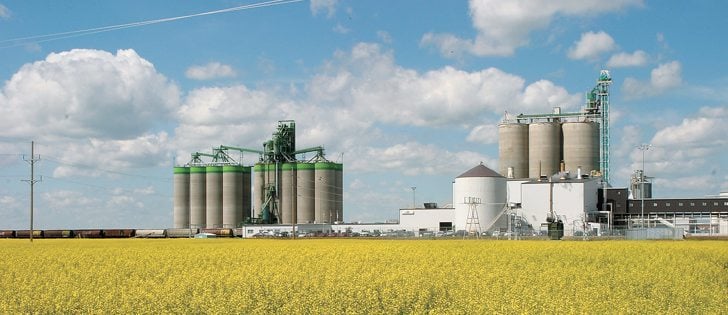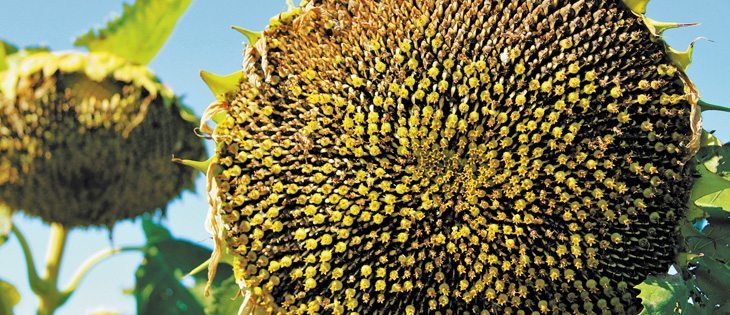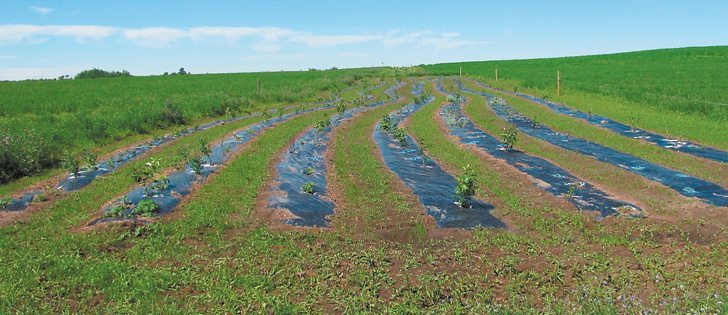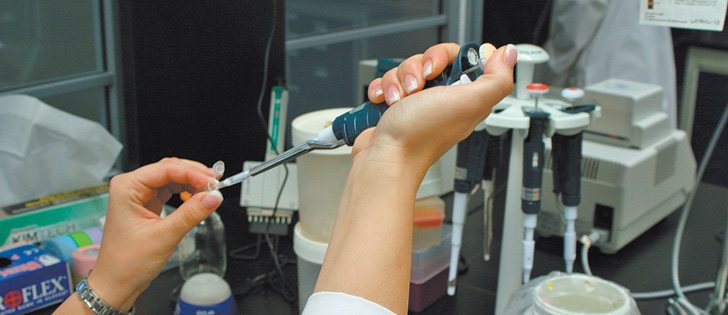Know the rules Reduce market risks by following industry recommendations and buyers’ demands
Before applying a dessicant this summer or fall, pulse producers need to know how the chemical may impact the crop’s marketability, say leaders of prairie pulse growers’ associations.
“Following the product label recommendations for rates and timing and consulting with your exporter or processor about which desiccants are acceptable or unacceptable in international markets, are two of the easiest ways growers can mitigate risk,” said Carl Potts, Saskatchewan Pulse Growers executive director.
To help producers make the right choice at harvest time, the three producer associations have developed a chart on commonly used dessicants and harvest management products.
Read Also

Working groups established to address challenges in the containerized and bulk movement of commodities
CN is working with the pulse and special crops sector on resolving challenges in shipping those commodities.
The Alberta Pulse Growers, Saskatchewan Pulse Growers and Manitoba Pulse Growers want producers to understand regulations on residue limits to ensure the product and the application rate are suitable for international customers.
For instance, the chart explains which countries tolerate glyphosate residue and other countries, like Japan, which have strict rules around glyphosate residue, says Leanne Fischbuch, Alberta Pulse Growers’ executive director.
“Producers who don’t take MRLs (Maximum Residue Limits) into account when they desiccate their crops run the risk of reducing their marketing options later,” she said.
Looking at the big picture, Michael Reimer, Manitoba Pulse Growers’ acting executive director, said Pulse Canada and the grower associations are taking a proactive approach on residue limits. They want to prevent an incident where a country rejects a shipment of Canadian pulses because a producer used a new type of dessicant.
“There are new chemistries being released all the time,” Reimer said.
“Detection methods now are so good they’re able to detect things at minute levels. If it’s a new chemistry that hasn’t been seen in (that) country it doesn’t matter what the level is at. As soon as they detect (the product) it sends up a red flag.”















